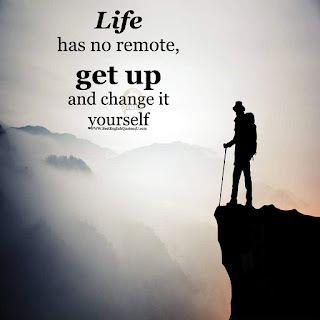Basics for Yoga practice
While there is a lot to learn, discover and explore in the tradition of yoga, it is best to start simply and not let yourself be overwhelmed.
Starting a yoga practice can ultimately save time, energy, and money. Thirty minutes of yoga at home is often more beneficial than driving, parking, and paying to practice for an hour at a studio.
Our How to Start a Yoga Practice guide will give you the 4 basic steps to starting a yoga practice. Once you have worked through this list, continue on with our Yoga for Beginner’s section.
1. Learn how to breathe
The most important thing to do in yoga is to breathe, especially when holding the postures. Learn the basic Dirga pranayama breath to use during yoga. Most importantly, breathe in and out through the nose into the belly.
The most important thing to do in yoga is to breathe, especially when holding the postures. Learn the basic Dirga pranayama breath to use during yoga. Most importantly, breathe in and out through the nose into the belly.
2. Start with a brief meditation and intention
Sit in any comfortable seating position and take a few minutes to ground, center and focus inwards with one of our meditations. You may also want to set an intention, goal or prayer for your practice at the beginning meditation.
Sit in any comfortable seating position and take a few minutes to ground, center and focus inwards with one of our meditations. You may also want to set an intention, goal or prayer for your practice at the beginning meditation.
3. Use basic and beginning level postures
Make sure you have read our General Practice Guidelinesbefore attempting any yoga poses. Start with one of our warm-up sequences and then try one of our basic yoga pose sequences and/or these simple postures: seated twist, cat, dog, down dog, child, cobra, mountain, triangle, forward bend.
Make sure you have read our General Practice Guidelinesbefore attempting any yoga poses. Start with one of our warm-up sequences and then try one of our basic yoga pose sequences and/or these simple postures: seated twist, cat, dog, down dog, child, cobra, mountain, triangle, forward bend.
4. End with Shavasana (relaxation pose)
Always end your yoga practice with Shavasana, resting on your back and consciously relaxing your body for 5 minutes. It is also recommended to practice a short seated meditation after Shavasana to integrate your yoga practice and transition back into the world.

ReplyDeleteشركة تنظيف بتبوك
Can you ask in English please
Delete